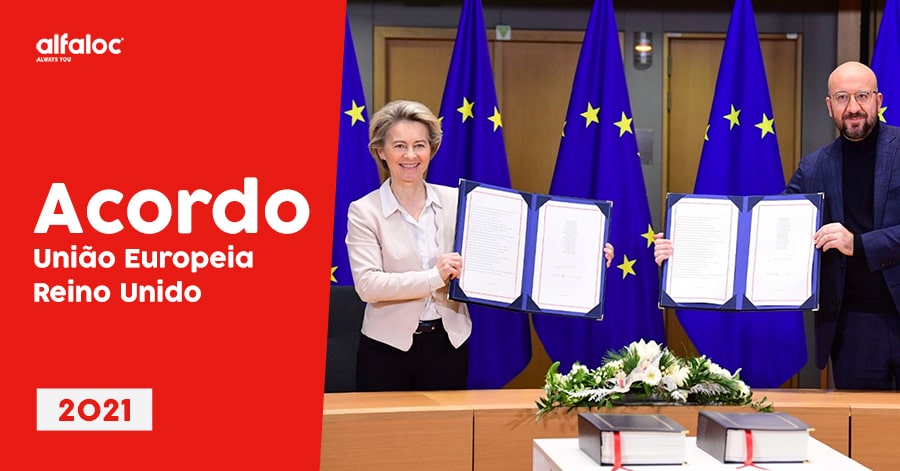1 January 2021 – Brexit came into force.
Although it was declared that the United Kingdom (UK) left the European Union in January 2020, the parties agreed that until 31 December 2020 no substantial change in the freedom of movement of people and goods should come into force.

In fact, no one was prepared for a country’s exit from the European Union (EU). It never happened because it was not foreseen that it could happen. As such, there was no process prepared. No procedure. It is because of this that the negotiations have been going on for 3 years, since the referendum in which the “No” won in the UK by a small margin.
During December 2020, everything remained unstable in the tug-of-war between the United Kingdom and the European Union. There were two possible paths: the “soft” Brexit (with a deal) and the “hard” Brexit (without a deal). Translating into our Portuguese: either for good, or for bad.
After several very tense weeks, the parties reached an agreement between Christmas and New Year’s Eve (already after thousands of people, mainly truck drivers, had spent their Christmas at the border from the United Kingdom to France, prevented from passing allegedly due to lack of covid test).
Thus, the path chosen was soft Brexit – through the Trade and Cooperation Agreement – and new rules came into force.
But the regularization of traffic and the implementation of the new processes was not as fast or simple as desired. Eleven days after the entry into force of Brexit and the new rules of relationship between the EU and the UK, there were still doubts and delays in the road flow, especially from an administrative and customs control point of view, both on the French side (Calais) and on the English side (Dover). Even with the crossing (by ferry or the eurotunnel) registering a percentage of affluence far below what was normal.
Now we are in a period of tolerance for the adaptation of new processes. During this first half of 2021, we can expect these processes to be gradually optimized (and the levels of demand will also evolve).
The Trade and Cooperation Agreement – in force – guarantees mutual access of products to the two markets without quotas or customs duties, but also defined a series of trade barriers, such as more customs controls and bureaucracy in economic transactions. And consequently the increase in costs in commercial transactions. All similar to economic relations with other non-EU countries, such as Switzerland or Morocco, for example.


